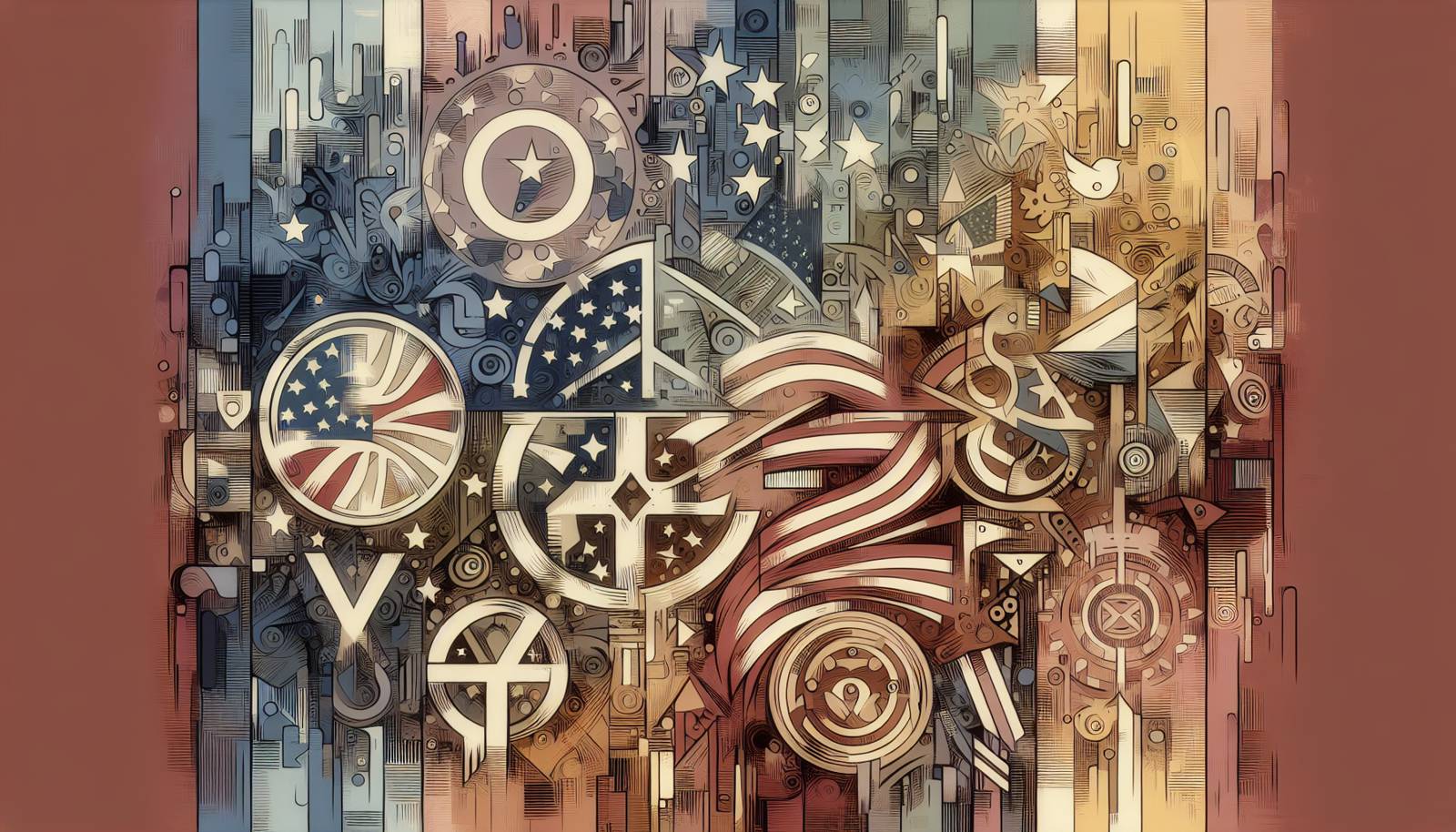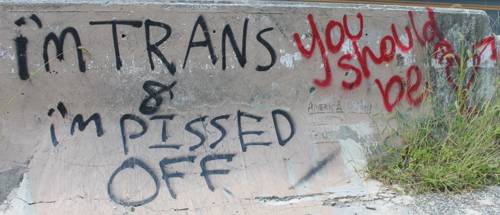
FAQ About The Impact of Graffiti in Political Activism

What role does graffiti play in political activism?
Graffiti serves as a powerful tool in political activism by providing a platform for marginalized voices, challenging authority, and spreading socio-political messages. It enables activists to reach a broad audience by occupying public spaces that capture public attention, often prompting dialogue and reflection on critical issues.

How has graffiti historically been used for political messaging?
Historically, graffiti has been used during significant political movements to express dissent and mobilize support. From the anti-government slogans in the former Soviet Union to apartheid resistance in South Africa, graffiti has been a grassroots method for citizens to vocalize opposition and create visual narratives of resistance and change.

Can graffiti influence political change?
Yes, graffiti can influence political change by raising awareness, sparking public debate, and capturing media attention, which can increase pressure on political leaders to address the issues highlighted by the graffiti. It can also inspire community solidarity and motivate collective action, sometimes leading to broader societal change.

What are some famous examples of graffiti in political activism?
Famous examples include the murals during the Northern Ireland conflict, the graffiti on the Berlin Wall that symbolized freedom and resistance, and the iconic works by Banksy that often contain strong political undertones addressing issues like consumerism, war, and government surveillance.

Why is graffiti considered an effective medium for political expression?
Graffiti is an effective medium for political expression because it is accessible, immediate, and can be anonymously created. It transcends language barriers through powerful imagery, making political messages easily understandable. Moreover, its presence in public spaces ensures a wide audience, amplifying its impact.

What legal issues do graffiti artists face in their activism?
Graffiti artists often face legal challenges including fines, arrests, and potential jail time, as many places consider graffiti vandalism. Nevertheless, some jurisdictions have started to recognize its cultural value, leading to more lenient laws or designated areas for legal graffiti, known as 'graffiti tolerant zones'.

How do communities typically react to political graffiti?
Community reactions to political graffiti can vary greatly. Some view it as a vibrant form of protest and an opportunity for dialogue, whereas others see it as vandalism that defaces property. Reactions can depend significantly on the nature of the messages and the cultural context of the region.

Can graffiti be a form of peaceful protest?
Yes, graffiti can be a form of peaceful protest. By visually articulating dissent and urging social change without violence, graffiti allows activists to peacefully confront authority. It is a non-violent method of making a statement and attracting attention to political causes.

How does graffiti differ from other forms of political communication?
Unlike traditional media, graffiti allows for individual expression that bypasses gatekeepers and censorship. It occupies public spaces where people can't easily ignore its presence. Graffiti also has a rawness and immediacy that more polished forms of political communication, like pamphlets or organized rallies, may lack.

How is graffiti used in contemporary political movements?
In contemporary political movements, graffiti is used to critique governmental policies, highlight social inequalities, and support movements such as Black Lives Matter and climate activism. It's also utilized to memorialize events or victims of injustices and can galvanize public sentiment and action toward these causes.

Are there cultural differences in how graffiti is used politically?
Yes, cultural differences can significantly impact how graffiti is used politically. In some cultures, it is predominantly about identity and territorial claims, while in others it serves as a voice for social justice and reform. Local traditions, political climates, and societal norms shape the themes and acceptance levels of graffiti.

What impact did graffiti have on the Arab Spring?
During the Arab Spring, graffiti played a crucial role in expressing resistance and catalyzing protests. It documented public sentiments and captured the spirit of revolution through murals and slogans in countries like Egypt and Tunisia, often challenging regimes and inspiring further activism.

How does digital technology influence political graffiti today?
Digital technology amplifies the impact of political graffiti by enabling global dissemination through social media. Artists can photograph and share their work online, reaching audiences far beyond their local communities. This connectivity can inspire global solidarity and foster international support for causes.

What are the ethical considerations of using graffiti for political activism?
Using graffiti for political activism raises ethical questions about property rights, respect for community norms, and the potential for provoking unintended violence or backlash. While it can democratize expression, it also risks commodification, where artistic motives might overshadow genuine activism aims.

Is there a difference between street art and graffiti in political activism?
Street art is often more sanctioned and aesthetically driven, while graffiti can be illicit and primarily focused on messaging. However, both art forms can convey political issues, with street art sometimes engaging broader audiences due to its formal acceptance in some contexts, whereas graffiti retains a rebellious, raw edge.

Can graffiti be used to promote peace and reconciliation?
Graffiti can indeed promote peace and reconciliation by offering a platform for dialogue and understanding. Community projects that involve collaborative mural painting can foster unity and healing, transforming public spaces into symbols of hope and collaboration.

How do language barriers affect the impact of political graffiti?
Language barriers can limit the immediate impact of political graffiti for those unfamiliar with the language. However, powerful visuals and symbols often overcome these barriers, transforming complex messages into universally understood calls for change.

Does graffiti activism only occur in urban areas?
While graffiti activism is more prominent in urban areas due to higher visibility and dense populations, it also occurs in rural areas, though less frequently. Urban settings provide the strategic advantage of being seen by larger audiences, which is essential for maximizing the impact of political messages.

What skills do graffiti artists use to convey political messages effectively?
Graffiti artists use a mix of visual artistry, social commentary, and a deep understanding of public sentiment to convey political messages. Skills in design, color theory, and symbolism are crucial, allowing artists to craft compelling, thought-provoking pieces that resonate with viewers.

Can graffiti lose its impact if overly commercialized?
Yes, graffiti can lose its impact if overly commercialized, as it may shift from a tool of dissent to a trendy aesthetic, diluting its raw, grassroots appeal. Commercialization can undermine the authenticity of messages, possibly alienating the original activist intentions and reducing its effectiveness in driving change.
